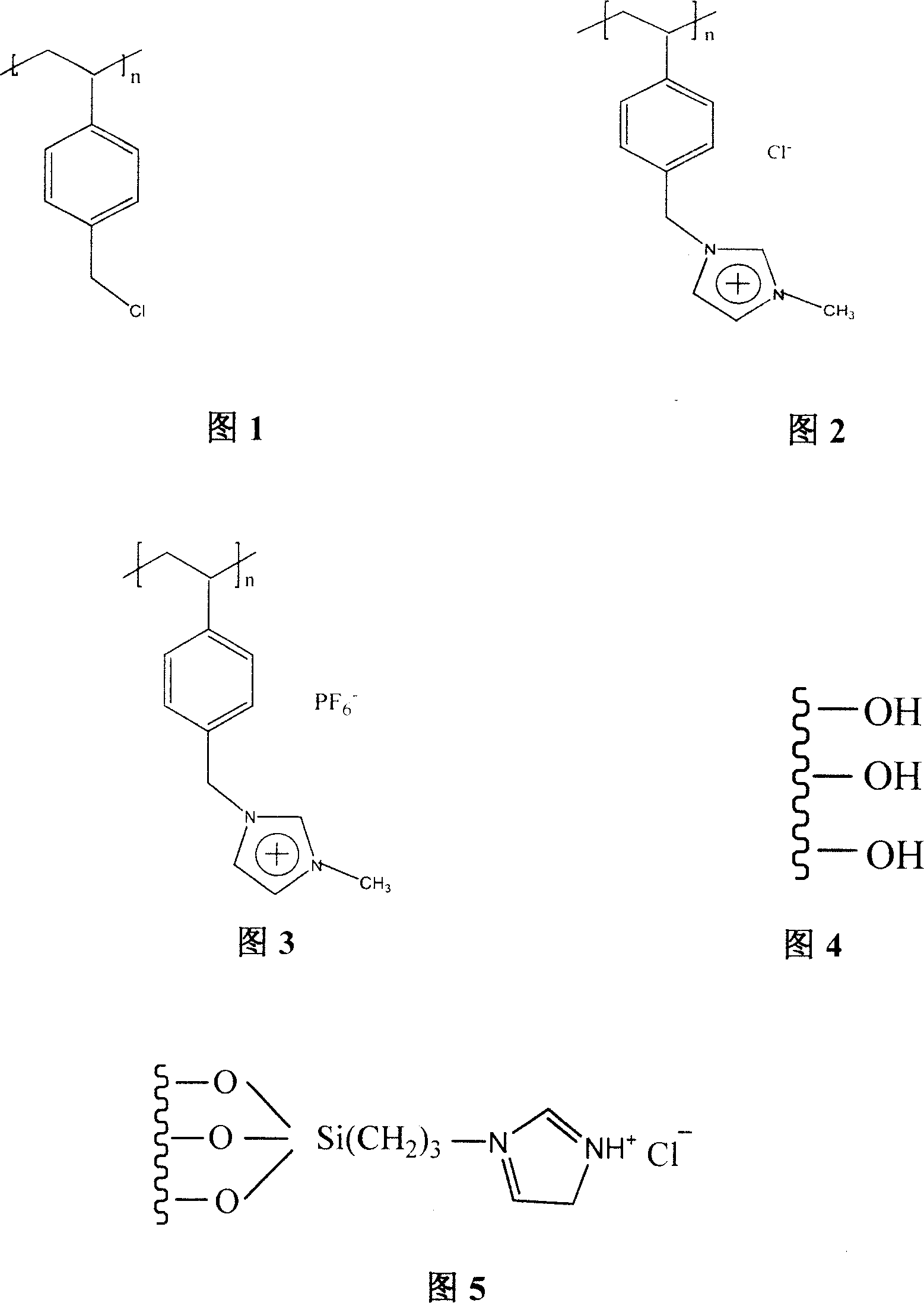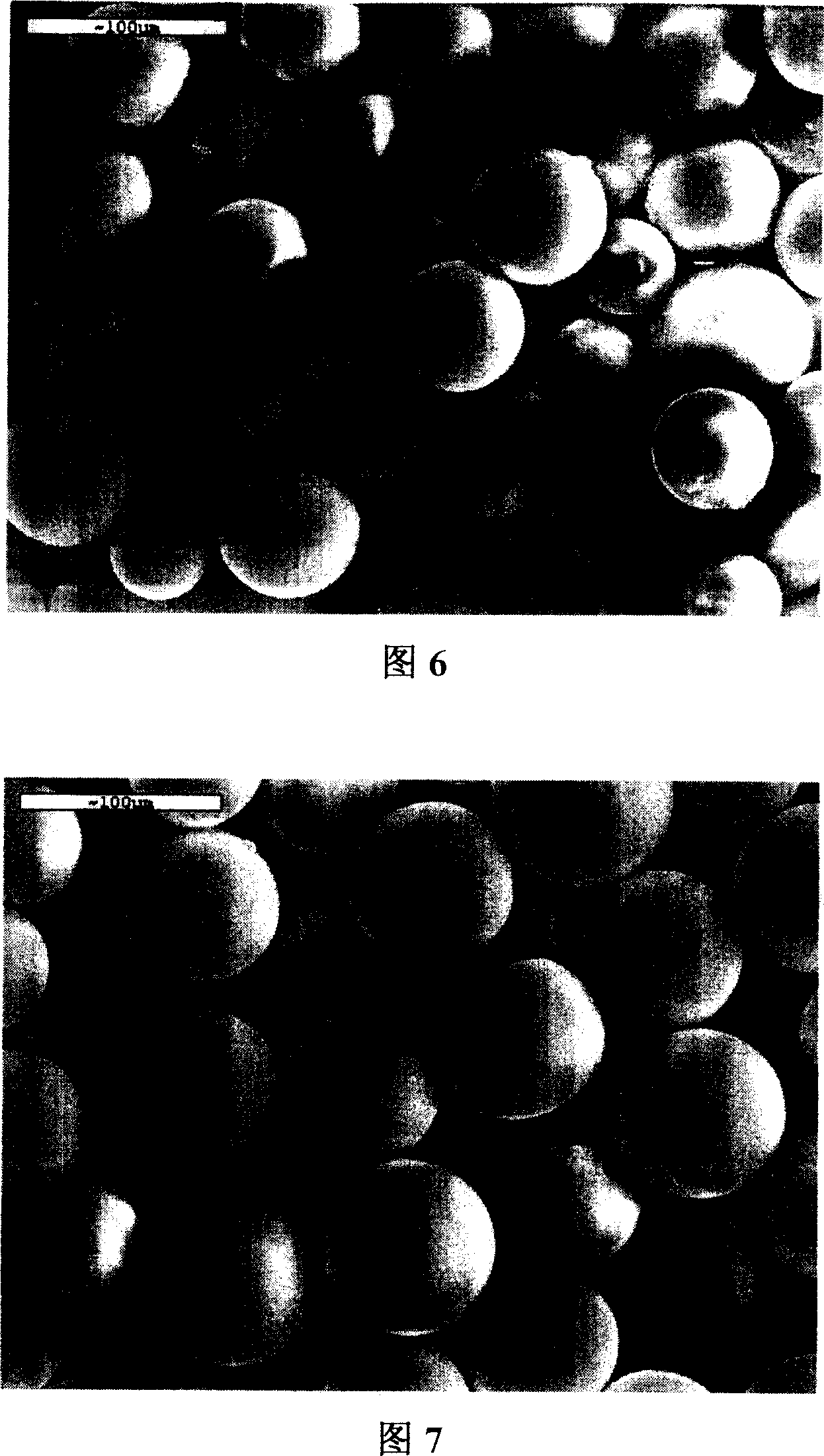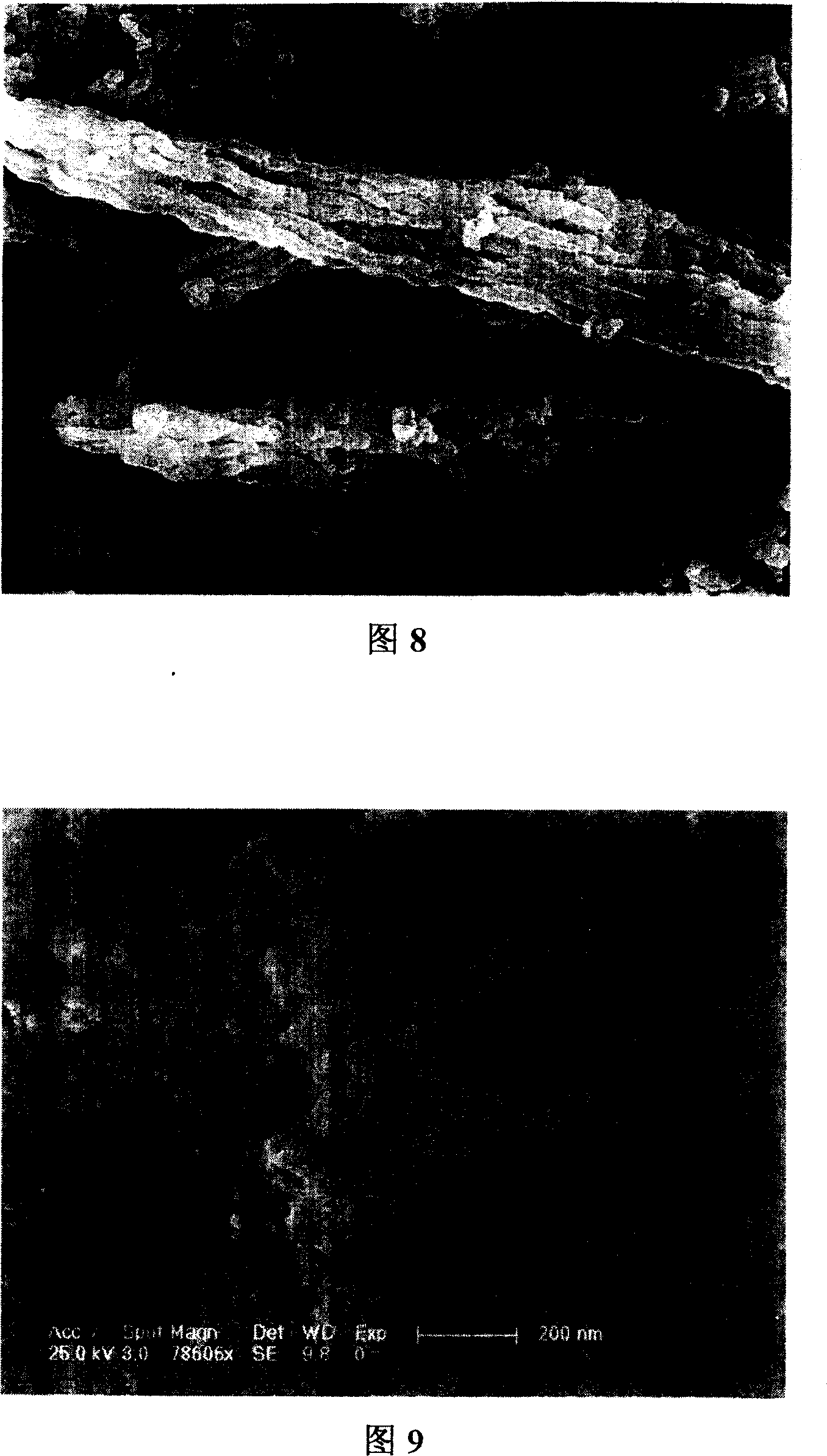Process for separating superfine particles
A technology of ultrafine particles and processes, applied in separation methods, chemical instruments and methods, solvent extraction, etc., can solve the problems of poor drug specificity, low grade and recovery rate, large dosage, etc., achieve mild working conditions, easy to scale up, Energy Saving Effect
- Summary
- Abstract
- Description
- Claims
- Application Information
AI Technical Summary
Problems solved by technology
Method used
Image
Examples
Embodiment 1
[0034]Add 10mL PEG4000 with a mass fraction of 7.81% and Dextran20000 solution with a mass fraction of 14.06 to a 10mL test tube, then add 0.01g Ps, and place it in an ultrasonic cleaner and shake for 0.5h to make it evenly dispersed in the system. After the separation of the two phases is clear, it is obvious that Ps is evenly dispersed into the PEG-rich upper phase to form a relatively stable system, showing a certain degree of turbidity. Separate the two phases and centrifuge to obtain Ps.
Embodiment 2
[0036] According to the method of Example 1, but adding 0.01g PsMimCl, after the two phases are separated clearly, it is clearly observed that PsMimCl is uniformly dispersed into the Dextran-rich lower phase to form a relatively stable system, showing a certain degree of turbidity. Separate the two phases and centrifuge to obtain PsMimCl.
Embodiment 3
[0038] According to the method of Example 1, but adding a mixture of 0.01g Ps and PsMimCl, after the two phases are separated clearly, it is obvious that Ps is evenly dispersed into the PEG-rich upper phase, and PsMimCl is evenly dispersed to the Dextran-rich lower phase. A relatively stable system is formed, showing a certain degree of turbidity. Separate the two phases and centrifuge to obtain pure PsMimCl.
PUM
 Login to View More
Login to View More Abstract
Description
Claims
Application Information
 Login to View More
Login to View More - R&D
- Intellectual Property
- Life Sciences
- Materials
- Tech Scout
- Unparalleled Data Quality
- Higher Quality Content
- 60% Fewer Hallucinations
Browse by: Latest US Patents, China's latest patents, Technical Efficacy Thesaurus, Application Domain, Technology Topic, Popular Technical Reports.
© 2025 PatSnap. All rights reserved.Legal|Privacy policy|Modern Slavery Act Transparency Statement|Sitemap|About US| Contact US: help@patsnap.com



